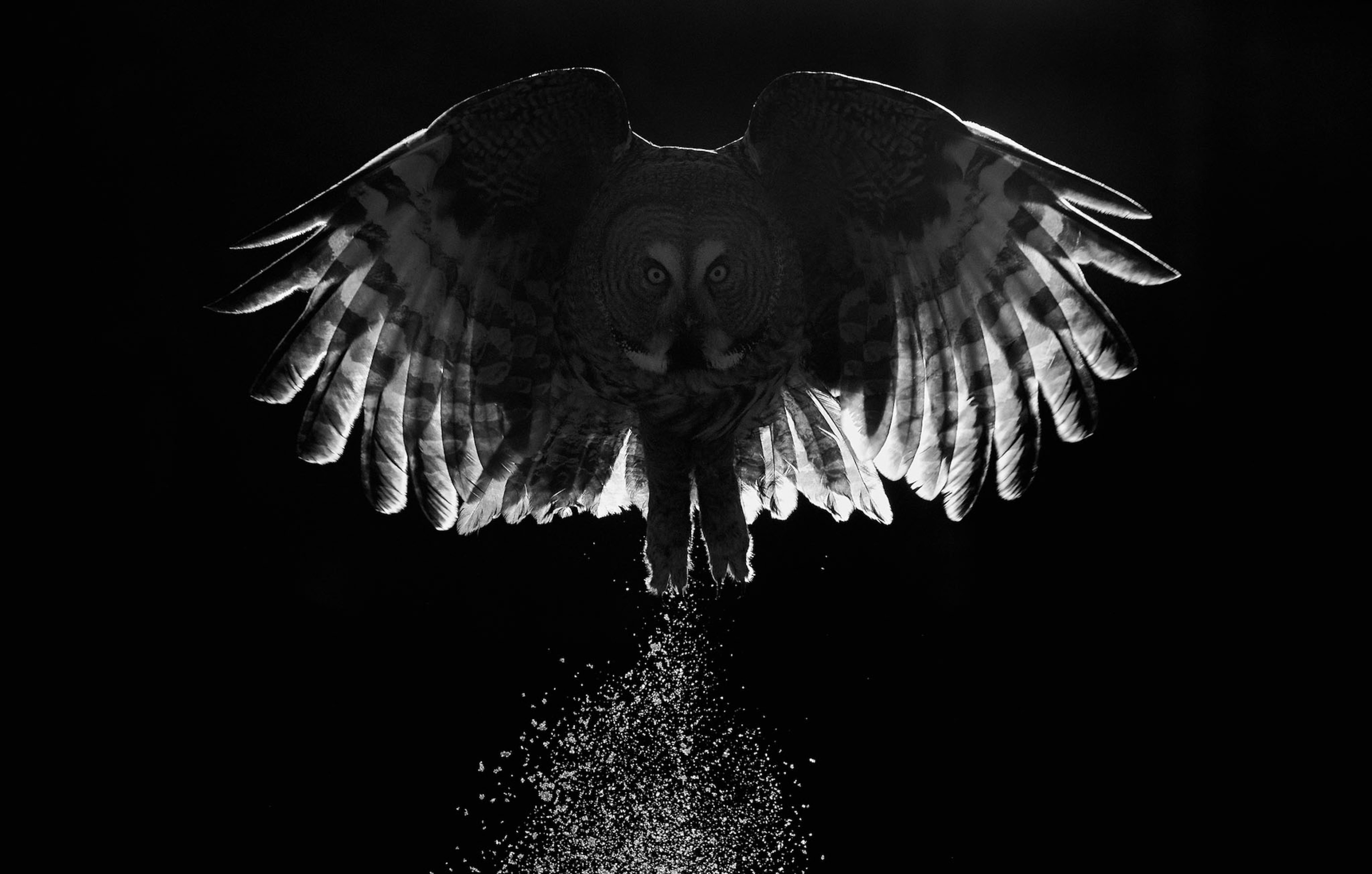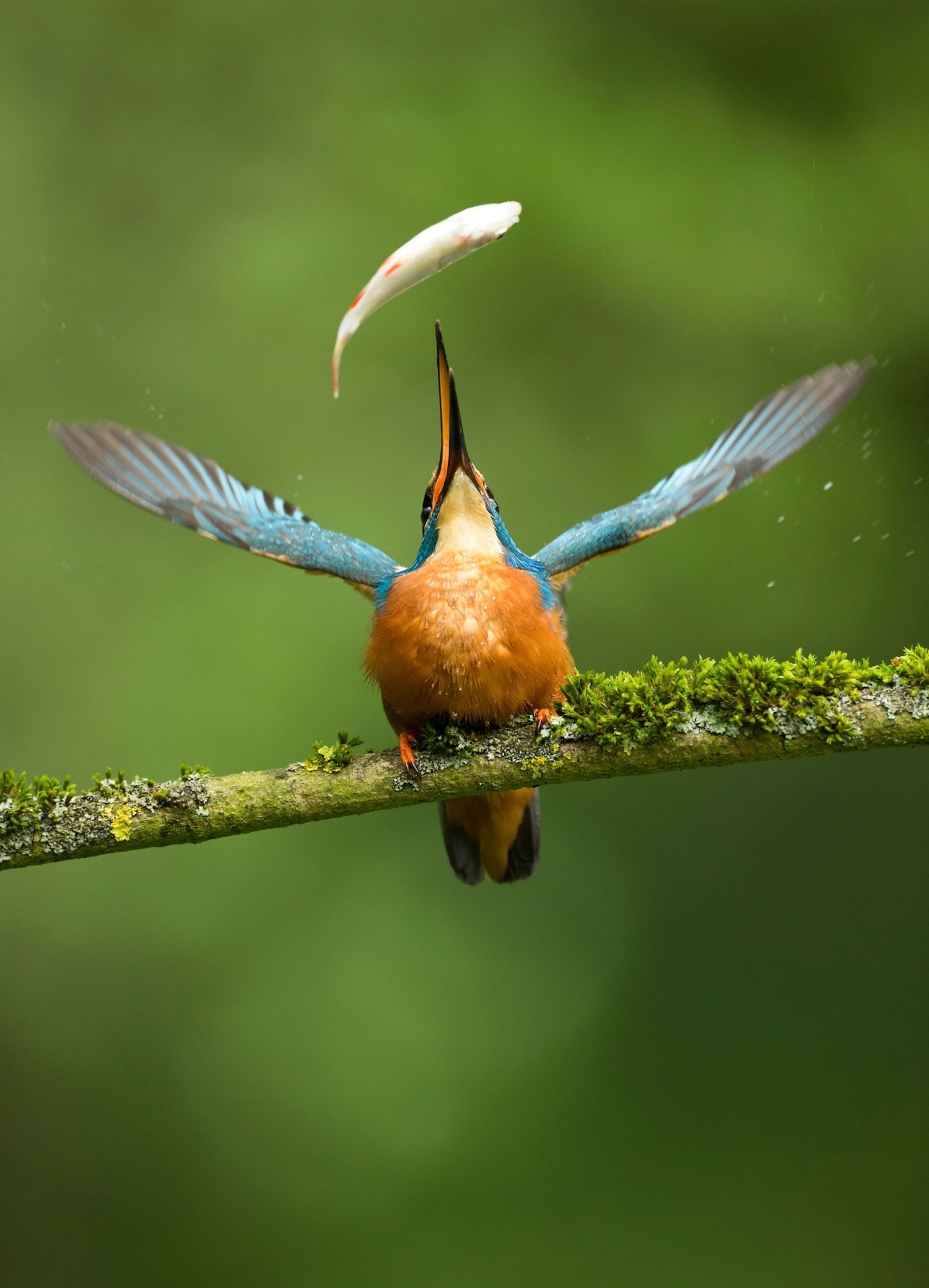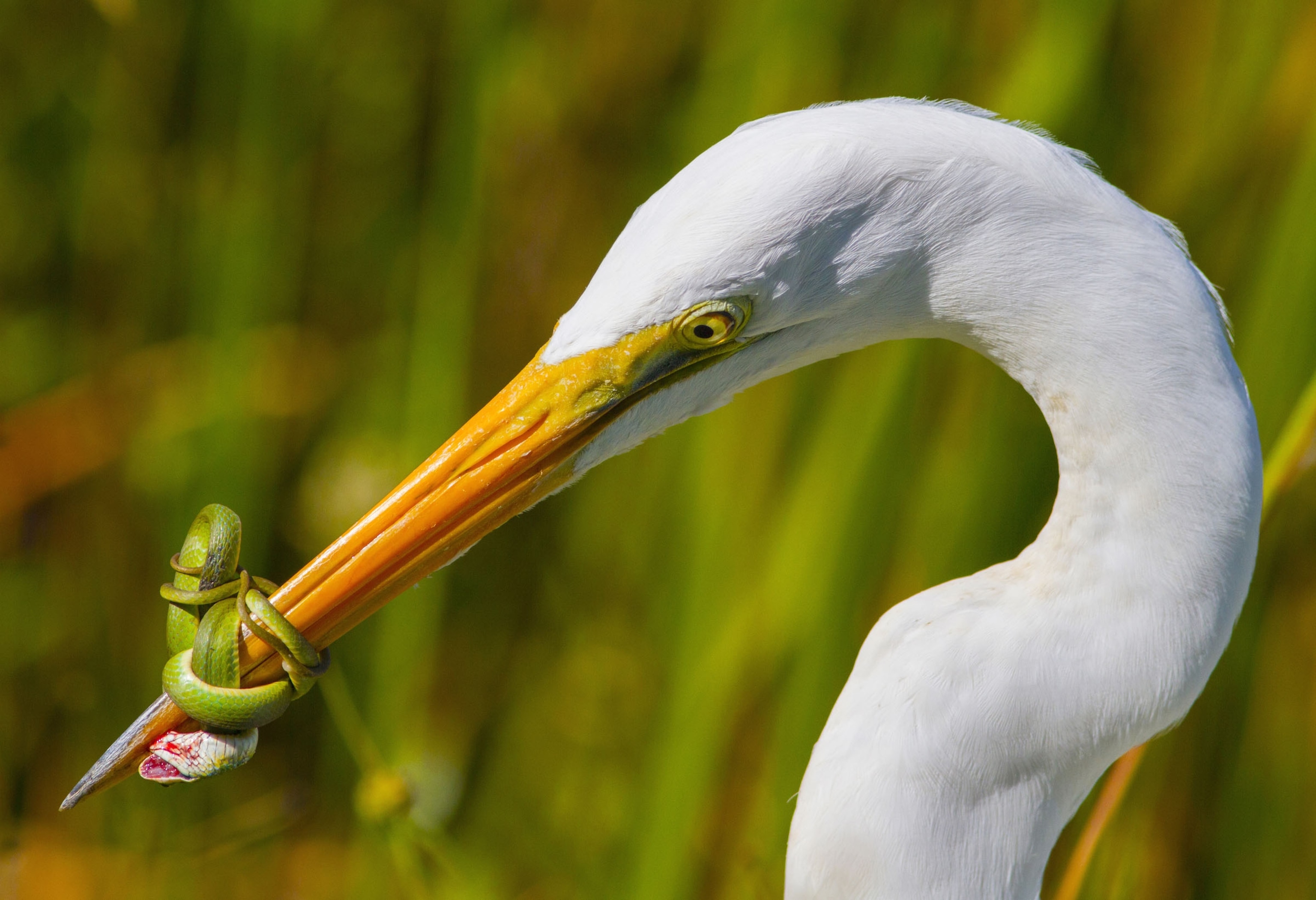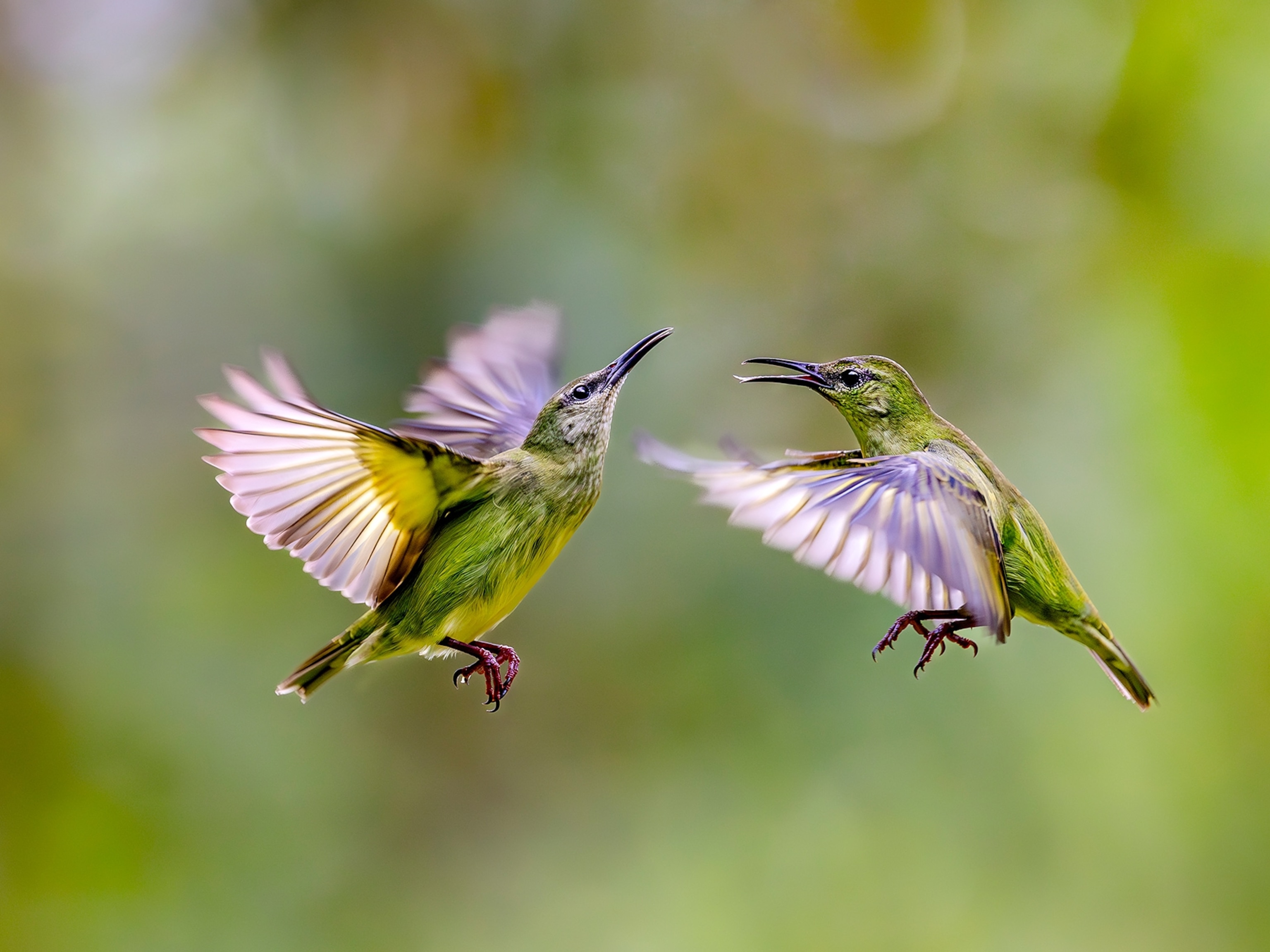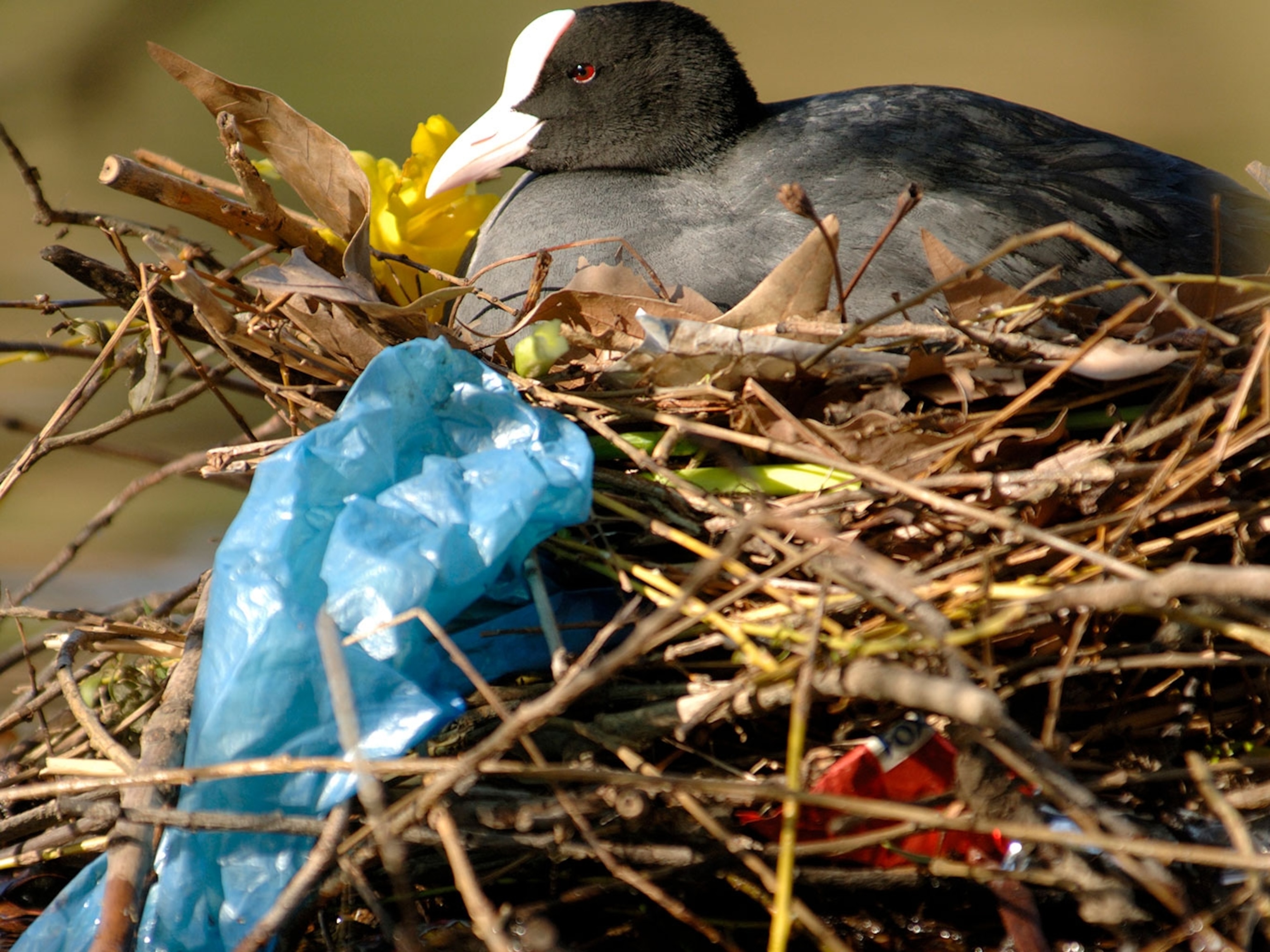A roseate spoonbill was far, far away from its usual home when it was photographed recently in Connecticut. It's possible that warmer northern weather offered the tropical bird a comfortable climate to explore new territory.
The spoonbill showed up alone on Raven Pond in Stratford in late September, glowing pink in the midst of an urban neighborhood. Delighted locals lined the fence that surrounds the pond to watch the unusual-looking bird preen and fish before it departed a few weeks later.
Photographer Lesley Roy captured pictures of the bird, which she nicknamed Spoonie. “At one point after I spent several hours snapping every move, Spoonie burst into a dance of feathers flying, wings up to the sky, that took my breath away," Roy says. "Then it turned to fix my gaze, as if to say, You got that, didn't you?”
The solo appearance of the spoonbill suggests that it was a juvenile on a road trip, says Jerry Lorenz, state research director for Audubon Florida. But these tropical birds, which usually nest as far south as Brazil, are steadily settling farther away from their South Florida nesting grounds. Spoonbills are already nesting in St. Augustine in northern Florida, and a few years ago, nesting pairs were reported in southern Georgia. A year ago, they were possibly seen in South Carolina, Lorenz says.
“Young birds are flying off and staying north because it’s getting warmer and they don’t have to come back. The young are still going to range,” Lorenz says. “Now that they’re nesting in Georgia, their range expanded to north of that.”
In addition to the Connecticut sighting, spoonbills have been reported as far north as Minnesota and Iowa. (See an interactive map of where billions of birds migrate.)
Strange spoonbill behavior
Lorenz has been studying roseate spoonbills for nearly 30 years. In most of that time, he says, the flocks have been nesting in the same three places, all of them on islands in coastal estuaries, where they can avoid marauding raccoons. But since about 2010, Lorenz says, the birds have moved to inland nesting grounds.
“It’s just a very strange phenomenon,” Lorenz says, one that he attributes to a five-inch sea level rise in Florida Bay that's mostly happened since 2000, according to data from NOAA.
A spoonbill’s beak ranges from seven to nine inches long, depending on the age of the bird. Water depths of six inches or more crimp their feeding style, which essentially involved swirling their beaks in shallow water and eating whatever they run into there: crustaceans, fish, plants. (Learn how birds make epic migrations.)
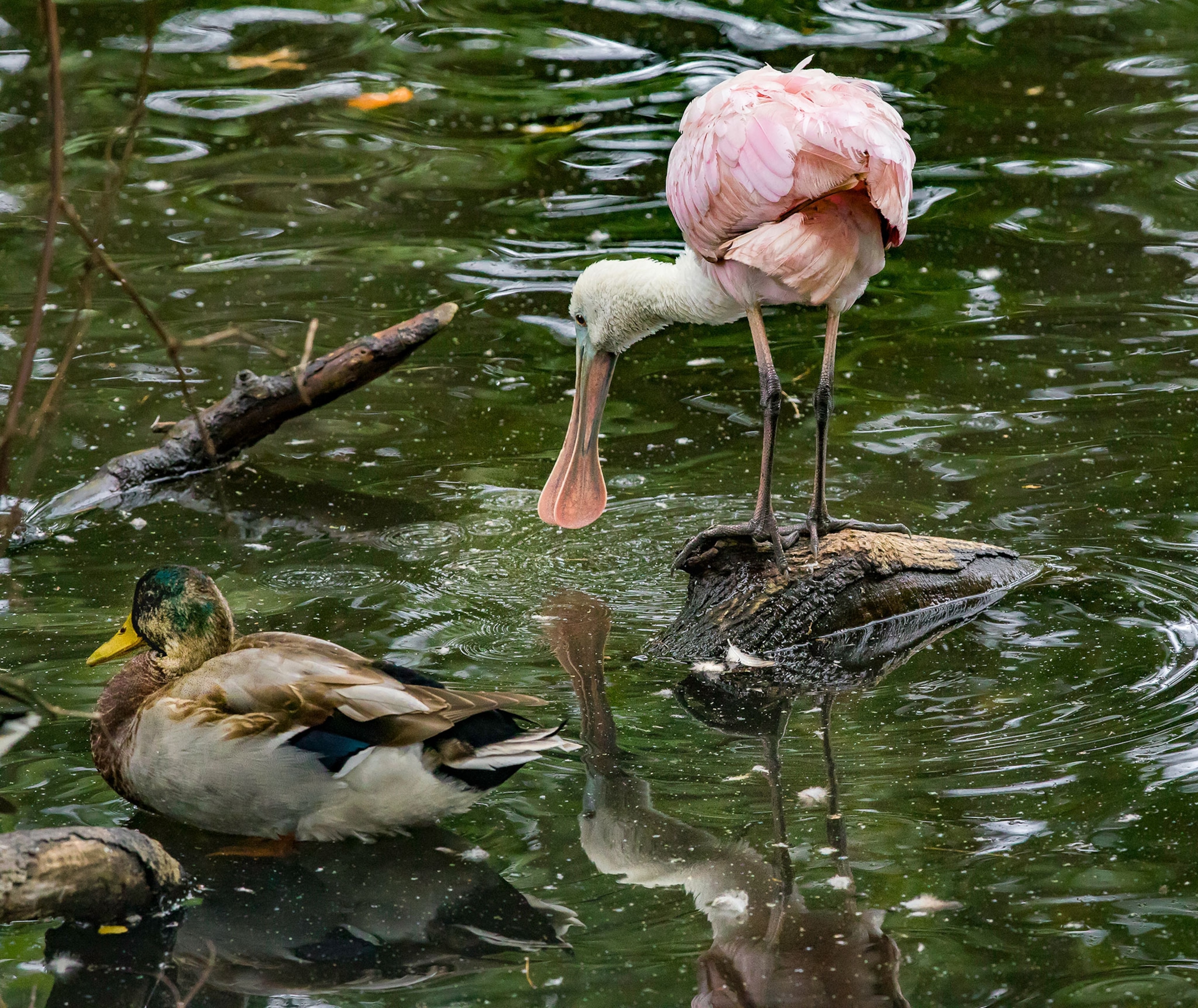
Those behavioral changes clearly signal to Lorenz that spoonbills are reacting to a warmer world. “The lesson here is that if spoonbills can figure it out, most birds can as well. They’re giving us some clear warning signs. We’d better start paying attention,” he says.
One thing is for sure: Opportunistic and amenable to change, the birds don’t seem to be adversely affected by warmer northern climes.
“They’ve just demonstrated that they can adapt. When a bird’s that charismatic, people are paying attention,” Lorenz says. “Hopefully, people will look at the birds and think, Maybe I should adapt too.”






